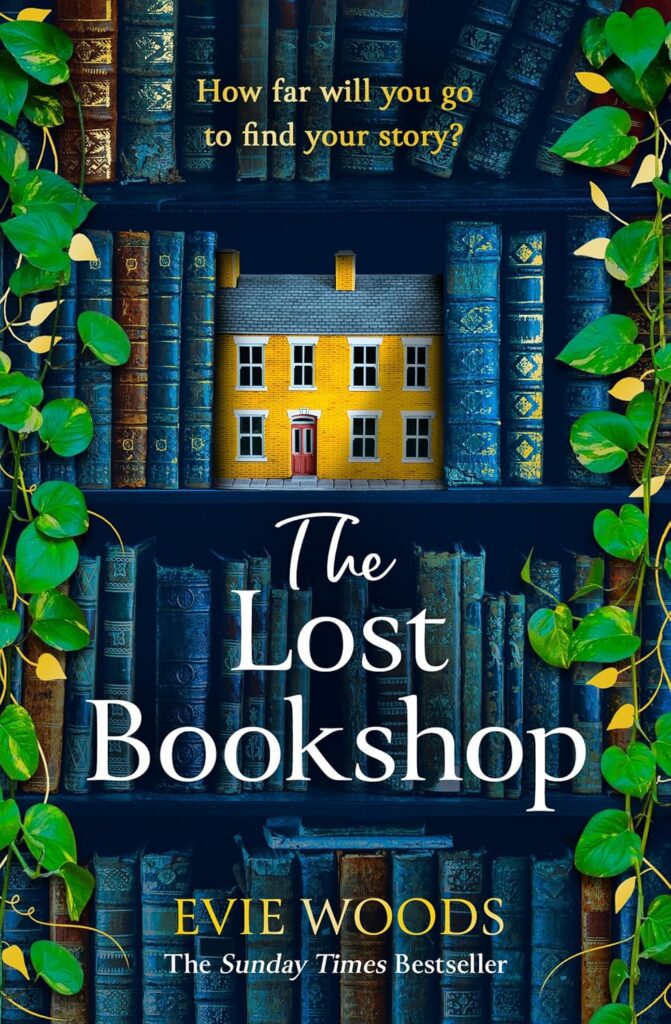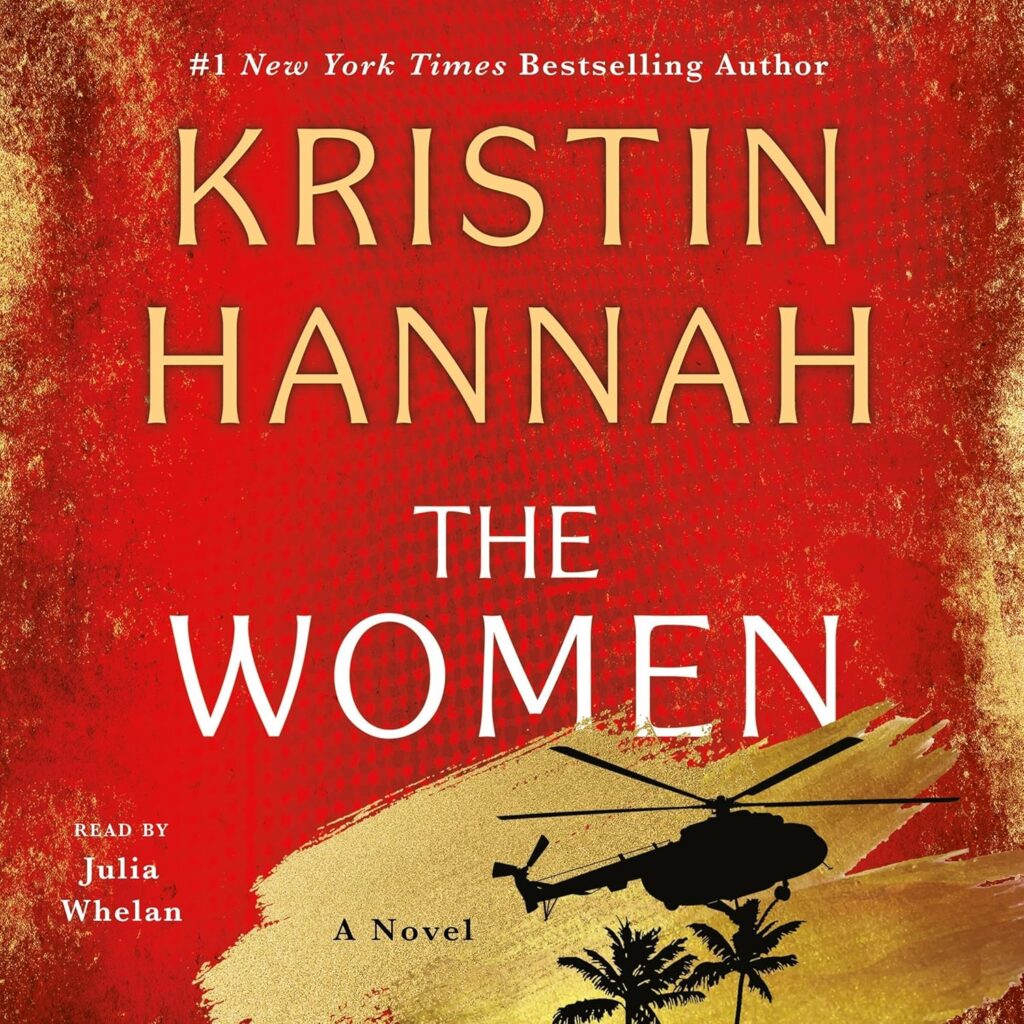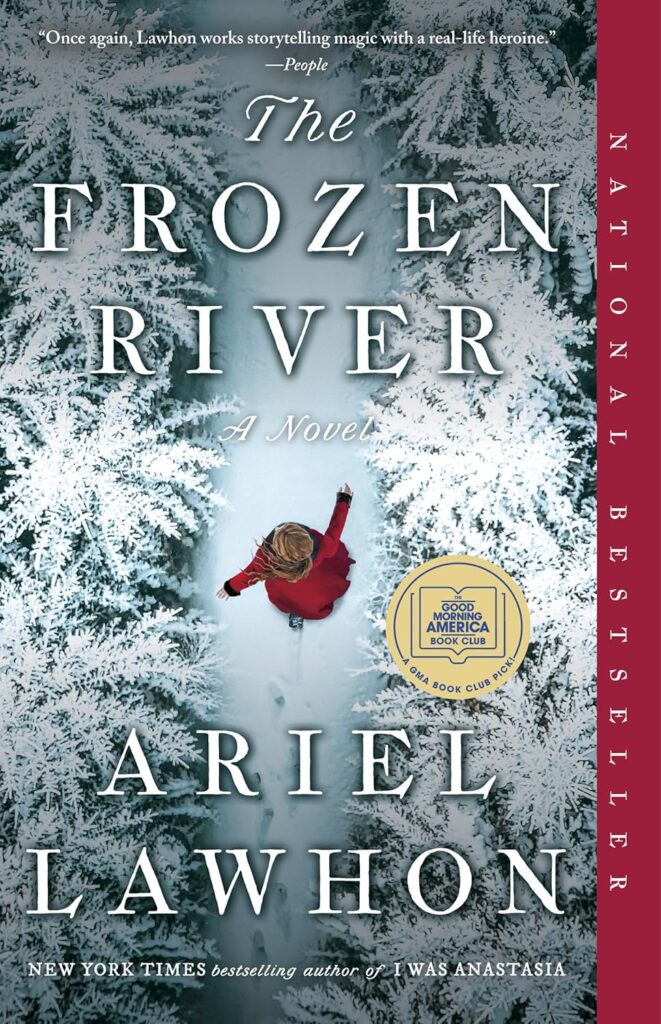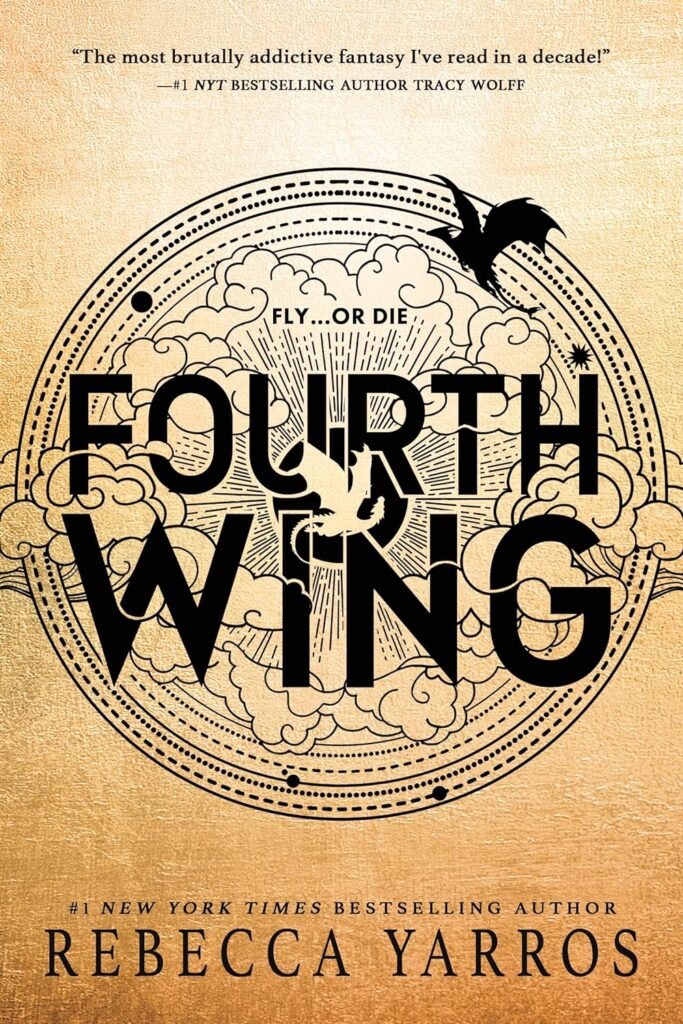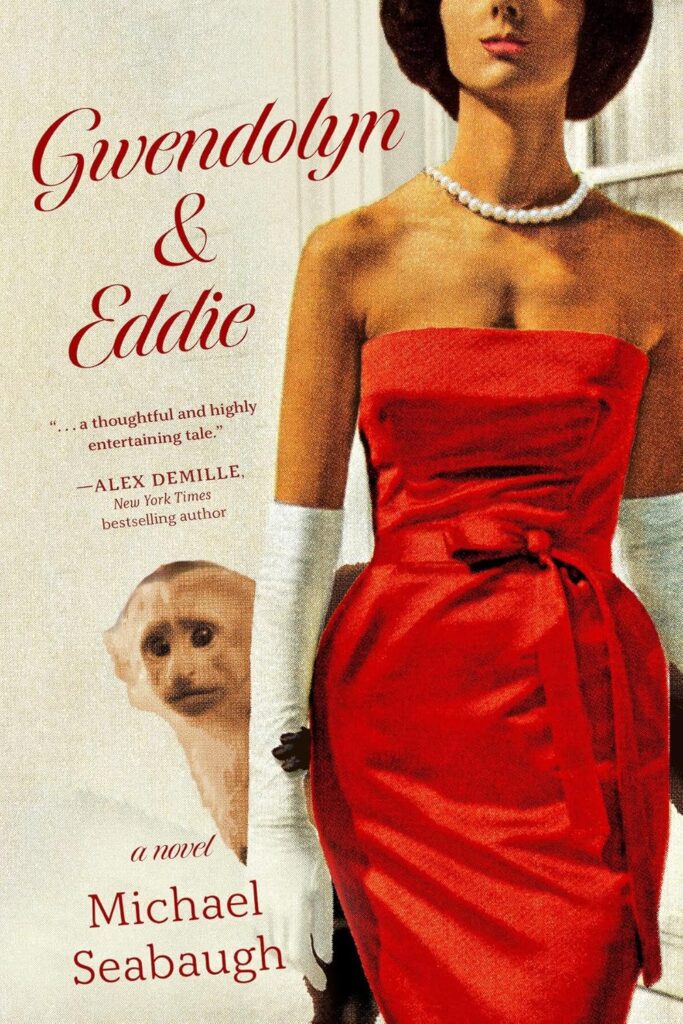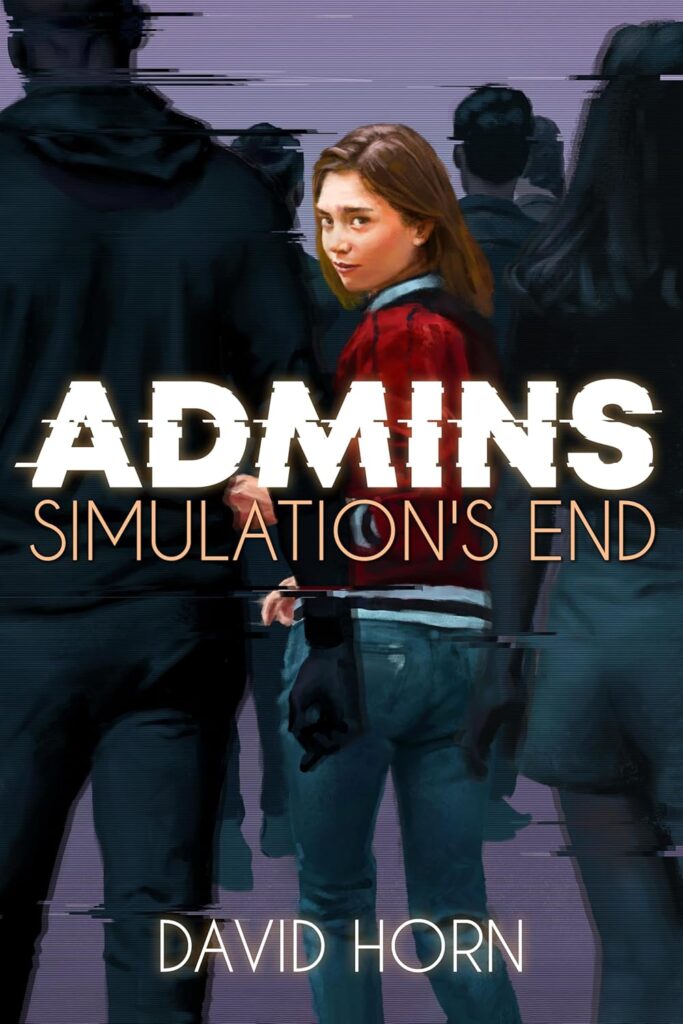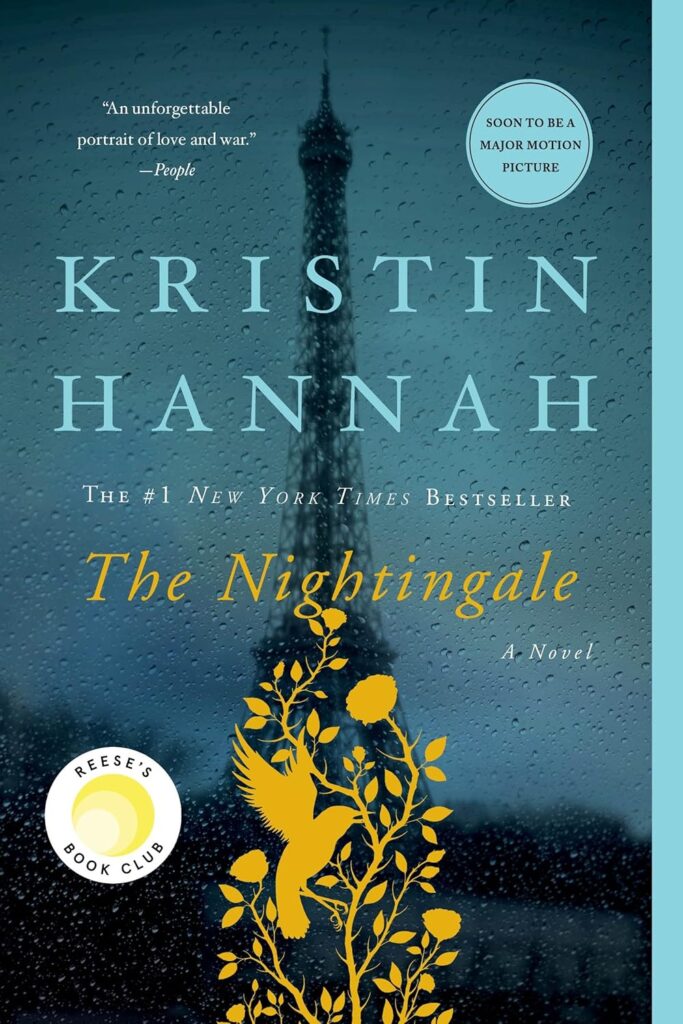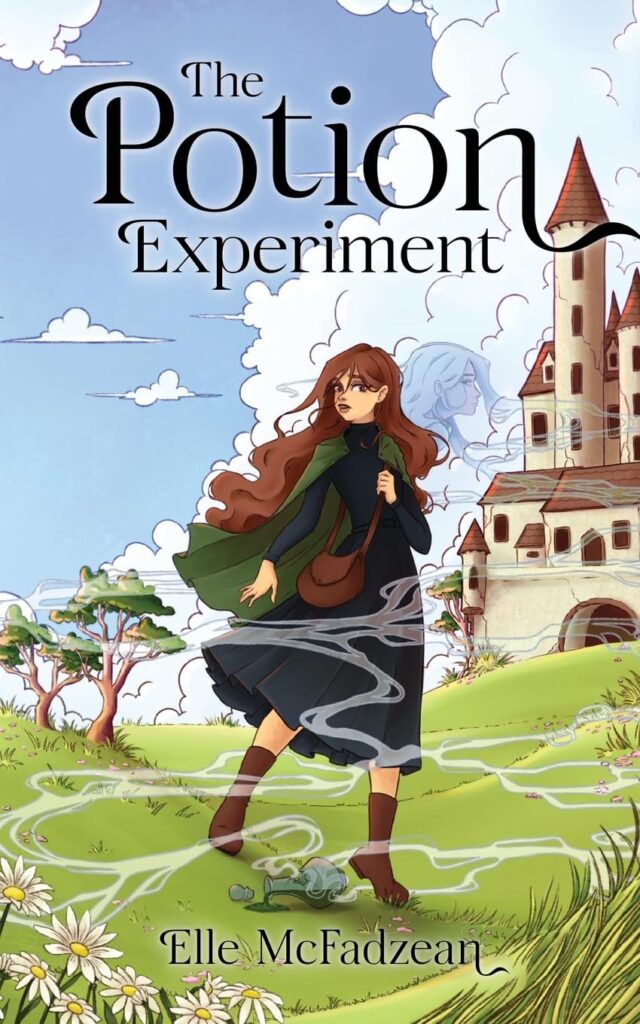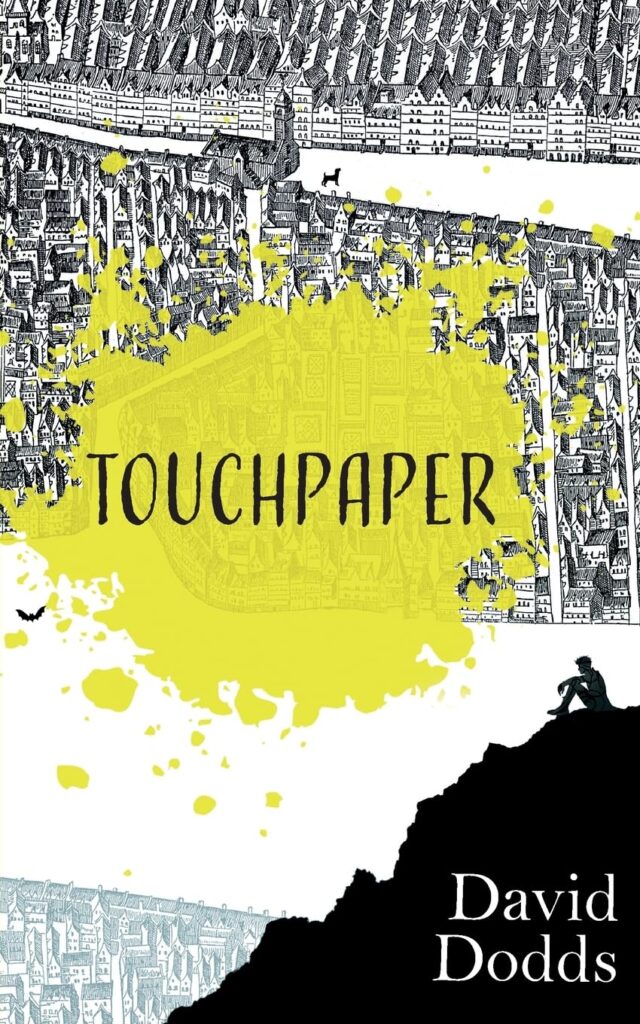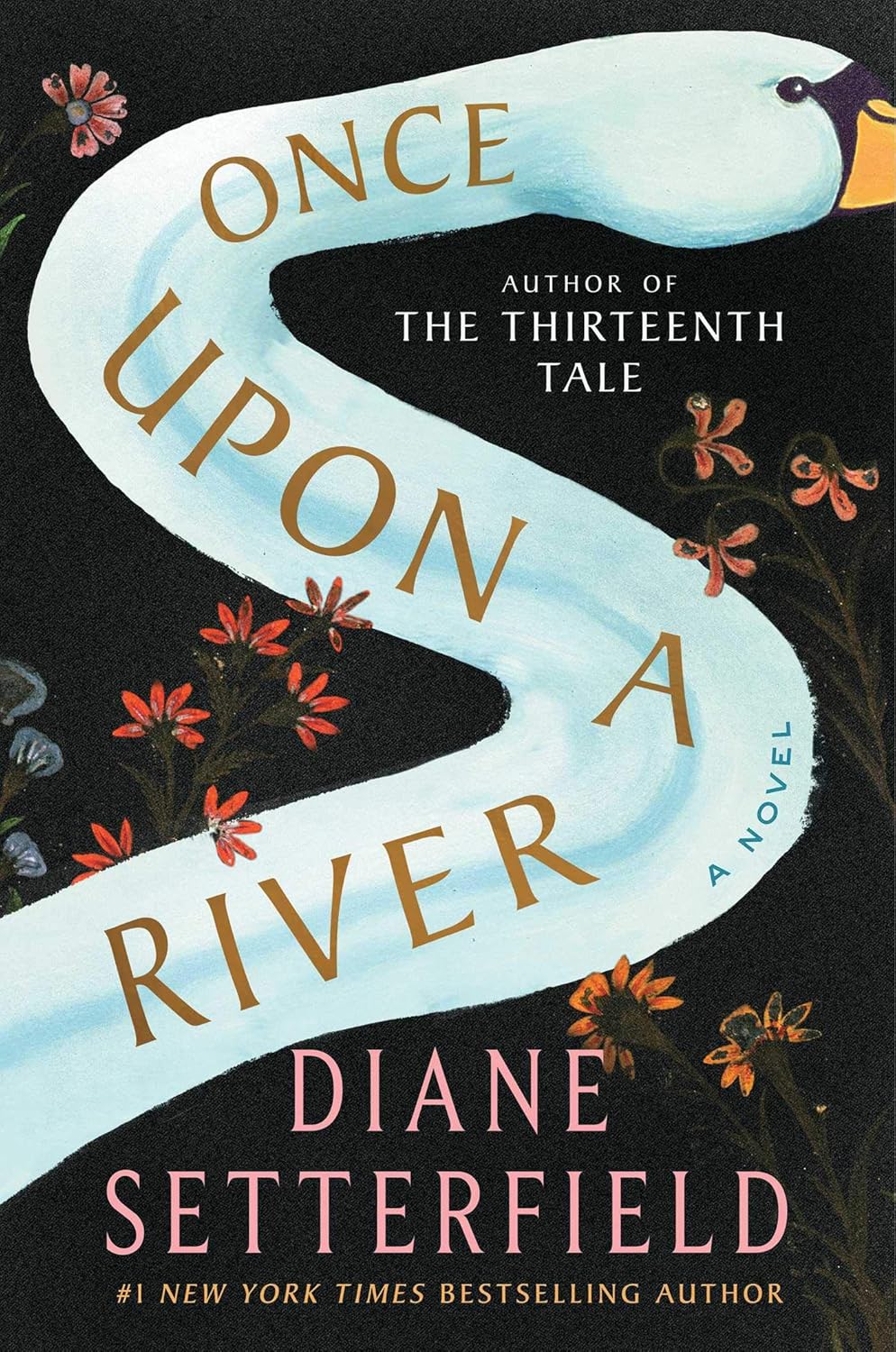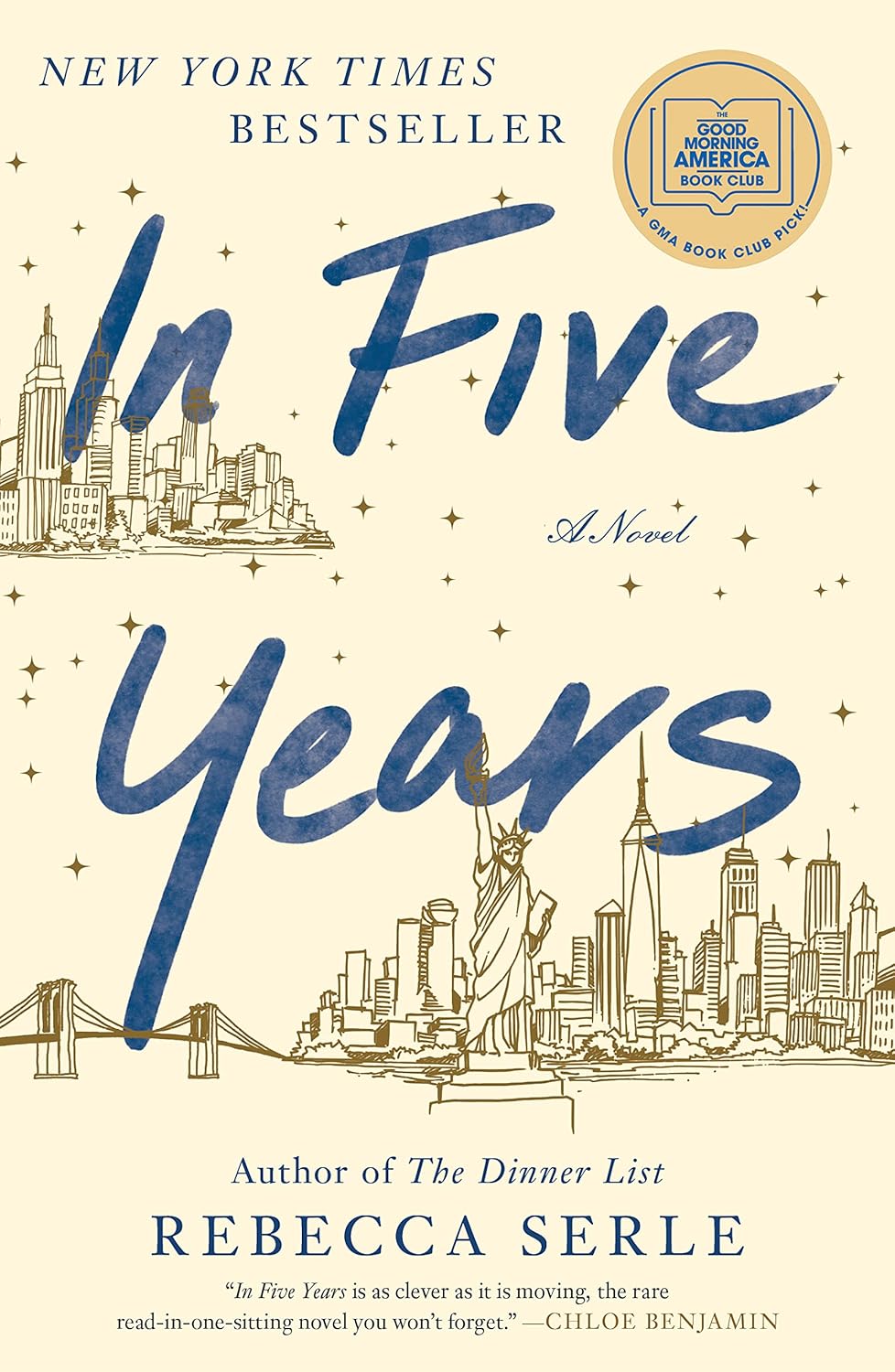Once Upon a River by Diane Setterfield, a glowing, beautifully written blend of fable, who-dun-it, and humanity. Set in a small English village on the banks of the River Thames, this story about the nature of storytelling, the elusive nature of truth, and the intersecting lives of its people, was published in December 2018.
The work is an immediate page-turner due to its high-quality composition, character work and themes that never seem to fall out of fashion. This is going to be an expansive review and we are going to discuss everything about this beautiful novel, its writing style, character list, themes, summary, and the cultural significance of the book.
A River of Stories: Plot Overview
Once Upon a River starts off with an attention-grabbing scene at an inn called The Swan, which is near the river and where the storytellers go. In the dead of winter, a stranger arrives at the inn with a drowned girl.
The girl seems to be dead, only to later rise again and this enchants and charms the villagers. Who this child is, remains at the heart of this novel as three families claim her each as their own.
The main mystery of the book — who is the girl and where does she come from — is just a jumping off point for a number of interconnected subplosts. The girl appears to be Amelia, and the Vaughans — a wealthy couple still reeling from the abduction of their daughter — are sure that this girl is their daughter.
Lily White, a lonely woman with a dark history, believes the girl to be her missing sister. Finally, the Armstrongs, a family of farmers, think she may be an illegitimate child of their roguish son. Setterfield beautifully weaves the stories of these families as they compete for the girl in different ways—hiding secrets and lies, finding unexpected connections.
The culmination of the story is astonishingly brilliant and answers the mystery beautifully, in a manner that feels totally natural as well as uncanny.
The River Thames is a silent observer of the events that take place in the novel, wrapped in the secrets of the past and the signs of the future. Not only is the river the setting, but it is an ever-present character that weaves its way into the characters lives, reflecting their struggles and joy in its waves. Setterfield sensibly sets the river at the core of the story, allowing the novel to be both fantastical and yet timeless and its realities both engaged and the fabric of our imagination.
Narrative Structure: A Tapestry of Threads
Perhaps the most fascinating thing about Once Upon a River is how it is constructed. Set in Yorkshire, the narrative has an oral quality, and the River Thames is the literal and figurative thread weaving the story together.
The pacing of the novel rises and falls like the river itself—occasionally languorous, allowing the reader to luxuriate in aspects of the characters, and other times whitewater rapid as the narrative sweeps along to its climactic insights.
The story develops as if in the act of telling a story. Setterfield deploys a third-party omniscient narrator for an aerial perspective on their lifeworld, intermingling the characters histories with folk and local lore. This multi-faceted style evokes a depth and interconnectivity to the story.
The novel is comprised of chapters that each is like a vignette and together form a larger narrative. The characters and storylines flow from one to another and it is only fitting to use something as fluid in nature as a river and the stories carried in rivers for this affected connection.
Having so much perspective included is yet another trademark of the novel structure. Setterfield humanizes her cast of characters, articulate each of their points of view and helps the reader to see how truth can be one of the most subjective things in life — at least from the way we see it.
The variety of perspectives not only bolsters the mystery of who the girl is, but reinforces the novel’s central theme of the power and intricacy of storytelling.
Characters: A Multitude of Voices
The beauty of this novel is in its multiple characters, beautifully etched, and their human characters. Setterfield gives voice to a variety of viewpoints, from the matter-of-fact farmer Robert Armstrong to the mysterious photographer Rita Sunday. The characters are not just plot devices; they are multi-dimensional people with their own wants and desires and needs.
Margot and Joe: The Heart of The Swan
The anchors from the narrative are Margot and Joe; the owners of The Swan. Their inn functions as a hub for community and a forge for the stories that emerge. In a story full of Instability, Margot’s sarcasm and Joe’s stoicism bring stability.
As custodians of The Swan, they emphasize the role of spaces in which people gather to share stories and keep oral traditions alive.
Rita Sunday: The Compassionate Healer
Perhaps the most serious-natured character is Rita — a nurse and a scientist. Her disbelief in the paranormal only highlights her concern for the child and the world around her. Rita represents the conflict between rationality and faith, which is another theme present throughout the novel.
What makes her story okay yet better is the arc between the lines where she has insecurities of her own, but always remains the stabilizer for others.
Robert Armstrong: The Gentle Giant
Robert Armstrong is one Black farmer who breaks the stereotype. The guy is searching for the truth about this girl, that he truly wants to be his granddaughter, and that sense of kindness and integrity he has come through very clearly on screen.
Setterfield uses Armstrong as a way to explore broader themes of identity, belonging, and moral courage. Through each interaction he has with the other characters, his wisdom and sense for justice come through and make him the most redeeming character of the novel.
Lily White: The Tragic Outcast
The storyline of Lily White is haunting and sorrowful. She embodies the dark sides of human nature, and the echoes of our past experiences.
The fact that she believes the girl is her sister adds an extra layer of psychological tension to the story. Through her interactions with all the other characters, you can see the society that is crumbling her, as well as the strength beneath her brittle facade.
Themes: The Depth Beneath the Surface
The Fluidity of Truth
The most subtle theme in this novel is that truth is just as fickle as the river. You know the drill: the story is molded by each character’s desires, fears and memories. Setterfield invites us to explore the concept of reality, and how the story might illuminate or hide the truth.
The competing claims over the identity of the girl as well as the legends and myths that saturate the narrative, explore this theme.
The Power of Storytelling
At the center of the novel Once Upon a River is storytelling. The novel highlights the act of storytelling as a communal act and how sharing stories is how we connect, heal, and begin to understand each other.
At The Swan, Stories that not only entertain but reflect the human condition Using her characters, Setterfield is able to show how stories can heal, educate, and unite.
The Intersection of Science and Superstition
Setterfield handles the rational and the mystical beautifully. By using a character like Rita Sunday, and creating the mythological aspect that the river holds, the novel better depicts the concept of the blending of the scientific world and the center of myth.
From the tension between Rita and the locals because of their disbelief in the supernatural and her scientific method, this theme can be clearly seen.
Loss and Redemption
Loss and the hope of redemption run through the novel. Their mourning is of a different kind though: For a lost child, debating a sibling, before oneself. Setterfield seems to imply that healing often exists within acceptance of not knowing.
The explanation of the identity of the girl is a metaphor for this process of resolution as it provides closure without nullifying the scars of a war long gone.
Setting: The River Thames as a Living Entity
The River Thames is not an incidental backdrop but a character in itself, dictating the terms of the narrative in all manner of unique and specific ways. The river, as Setterfield describes it, is real and mythic.
It is the giver of life, the vessel of secrets, and a symbol of both change and continuity. Its dual nature, both the truth and deception of that, mirrors the novel that seeks to traverse the line of the real and the unreal.
The river Setterfield evokes, embracing its beauty and its danger; it’s evocative and immersive. It is set on the river, a land of surrealism and rebirth, a grey area between life and death, reality and fantasy.
Setterfield is particularly clever in centring the story around the river, bringing an aspect of timelessness and universality that gives great depth to the novel.
Writing Style: A Masterclass in Prose
Diane Setterfield has beautiful prose that will pull you into her world. She writes with both precision and lyricism; evoking the patterns of the river, the rhythms of human speech. With its intricate themes, the tone of the novel fluctuates effortlessly between playful and serious.
Setterfield shows some breathtakingly sharp focus. Her imagery washes over a reader just as easily as a mist rising from the murkiest of riverbanks or the warm glow of The Swan’s hearth.
Such attention to detail brings the reader into the world of the story; the world feels real and alive. Furthermore, her masterful employment of symbolism and metaphor enriches the narrative, encouraging readers to explore the story on different levels.
Reception and Impact
Since its release, it has received stellar reviews as a storyteller and an author. Setterfield was commended in reviews for making multiple narratives into one, and for taking a gentle look at universal themes.
Set in a world of madmen and assassins, the novel has drawn comparisons to works by Charles Dickens and Angela Carter to a place within the tradition of character-driven, richly textured storytelling.
The novel has also been received as an emotional read that sparks wonder for many readers. The combination of mystery, folklore, and a tale of human drama works on so many levels that it is sure to attract a variety of viewers. This only emphasizes the fact that a good story never gets old, and the same goes for the moral of the story.
Conclusion: A Timeless Tale
Once Upon a River By Diane Setterfield is the most True Thing There is – the Survivability of Stories. Diane Setterfield has created a novel that is as intricate and flowing as the river featured at its heart.
It explores universal queer romance and its era of rawness and violence in a way that speaks to most people, and is undoubtedly rewarding, engaging, and pleasing to read through its chiseled characters, layered world, and its ideas.
A mystery, an exploration of humanity and a celebration of the art of storytelling, Once Upon a River is a book that stays with you well after the last page is turned. A modern classic that should be on the shelf of any poetry-loving book lover.
To do a recap on Setterfield is impossible because of its complexity and depth and to do that we need to honor it — which is why this review tries to do just that.
This is the sort of book that in return for careful reading and reflection will reveal new insights each time it is read. Once Upon a River is a literary treasure that captivates its readers time and again with its masterful storytelling and timeless themes.
